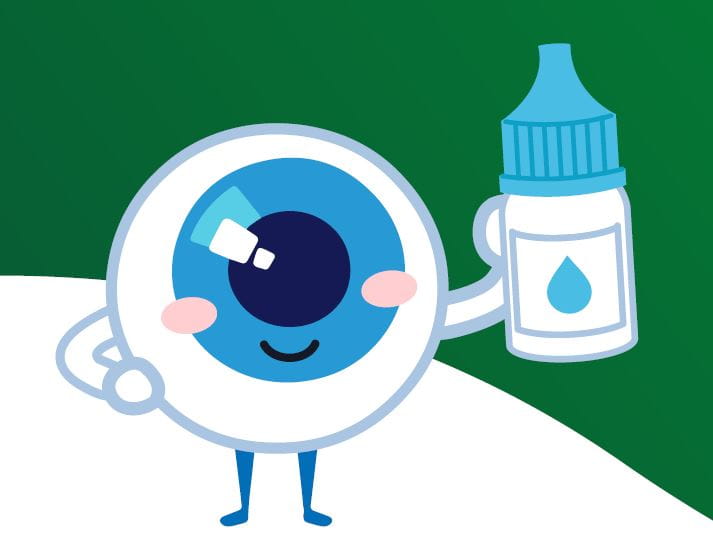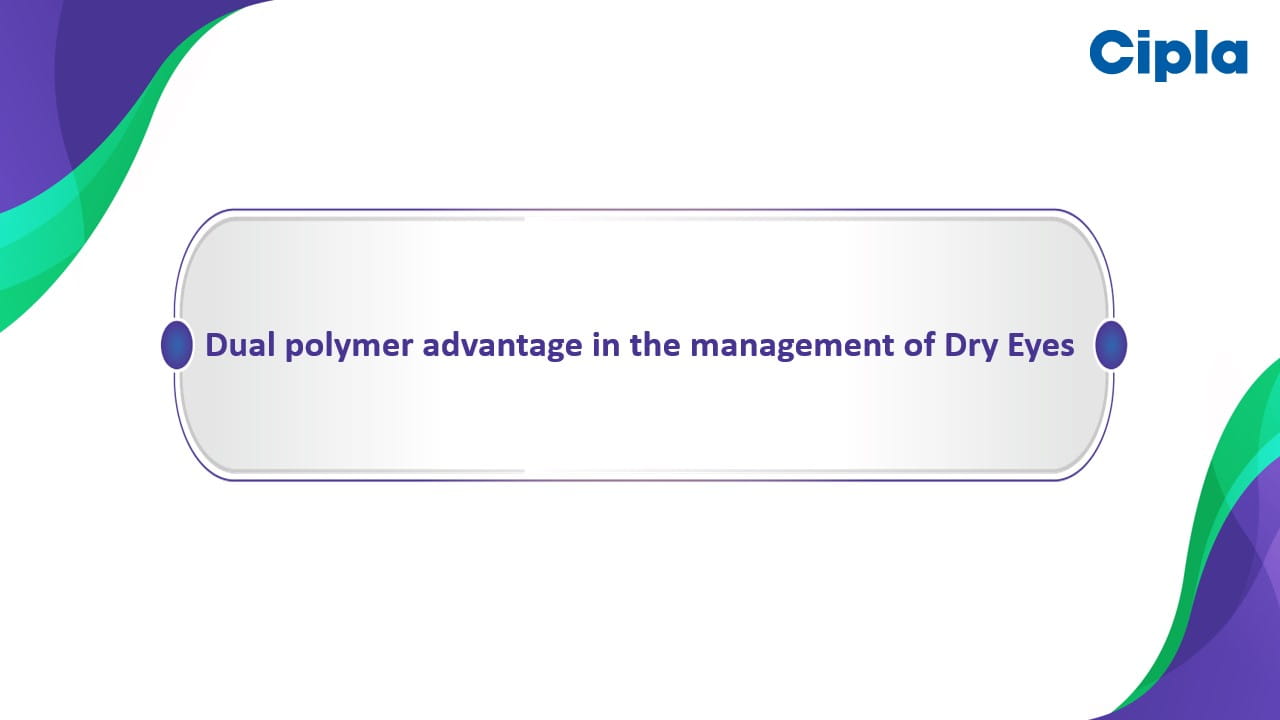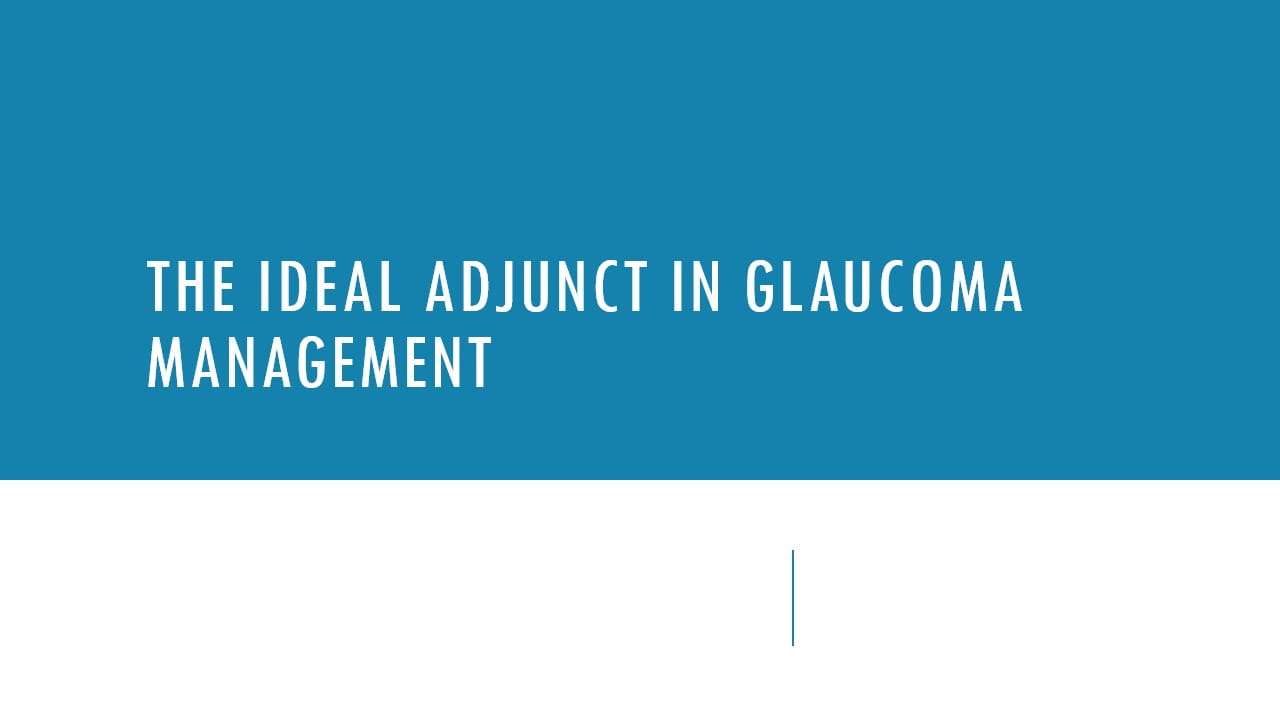Speaker - Leo Seo Wei
Singapore is recognized as the myopia capital of the world, with urban Asia facing an epidemic of the condition. Slowing the onset and progression of myopia is crucial to reducing the risk of visual impairment. Every diopter reduction in myopia decreases the lifetime risk of myopic maculopathy by 40% and reduces visual impairment risk by 20%. Key factors in monitoring myopia progression include cycloplegic refraction and axial length. Atropine has been the most extensively studied intervention, especially in low doses. Studies such as Atropine for the Treatment of Myopia (ATOM) from Singapore and Low-concentration Atropine for Myopia Progression (LAMP) from Hong Kong have shown a dose-dependent effect, with low-dose atropine demonstrating 30-60% efficacy. At the same time, higher doses provide a stronger impact. Atropine acts through a complex interaction with receptors on various ocular tissues. Recent studies, including Chaperone Trial (CHAMP), Pediatric Eye Disease Investigator Group (PEDIG), and Myopia Outcome Study of Atropine in Children (MOSAIC), have indicated worse outcomes in Caucasian children compared to Asian children, possibly due to racial differences in atropine binding to melanin. Additionally, myopia progression slows with age, and older children in the studies may have experienced less benefit. The specific formulation of atropine used may have also influenced drug penetration.
Atropine, an inherently unstable medication, has sparked considerable debate regarding its safety and efficacy across Europe and Asia. Studies indicate that approximately 25% of atropine doses fail to meet the minimum target concentration necessary for therapeutic effectiveness. The focus was on optimal dosing, administration strategies, and tapering methods to reduce rebound effects. Concurrently, clinical trials are investigating atropine's potential in myopia prevention, though manufacturing variations may influence its efficacy. Innovations in spectacle design have introduced methods to induce myopic defocus. Early monotherapy approaches, such as dim-to-defocus lenses, showed 50-66% efficacy. Highly aspheric lenses with slit designs demonstrated similar success, achieving around 60% effectiveness. Reverse geometry lenses used overnight without corrective lenses (e.g., keratology lenses) also induced peripheral retinal myopic defocus, with 30-60% efficacy. However, the effect diminished over time due to rebound phenomena and patient non-responsiveness. The effectiveness of myopic defocus was more prominent in individuals with larger pupils, while those with astigmatism experienced reduced effectiveness.
The combination of various myopia management strategies, including multifocal soft contact lenses, bifocal soft contact lenses, concentric ring lenses, MiSight lenses, and RingBoost technology, has demonstrated an efficacy range of 50-60%. RingBoost technologies have been employed in combination trials in Singapore and have shown promising results. Red light therapy, unavailable or approved in Singapore, involves using visible light with wavelengths between 600 and 700 nanometers. The treatment has been reported to influence choroidal circulation and thickness. Published trials indicate that direct exposure for two to three minutes per day, spaced four hours apart, has yielded favorable outcomes.
A case report highlighted retina damage following low-level red-light treatment, resulting in decreased visual acuity from 20/20 to 20/30 five months post-treatment. The incident has raised concerns about red light therapy's potential thermal and photochemical effects. In response, the focus has shifted toward combination therapies, which aim to enhance efficacy beyond what is achievable with monotherapy. One promising approach involves combining atropine with optical mechanisms. The most commonly used atropine concentration, 1%, has been associated with side effects, including pupil dilation, the need for strong UV protective glasses, decreased accommodation, and the requirement for additional lenses. Combining atropine with other therapeutic modalities could potentially mitigate these adverse effects and offer a more effective solution for high-risk patients who do not respond well to monotherapy. High-risk patients for myopia progression typically include younger individuals with higher baseline myopia, reduced outdoor activity, and increased near work. Initial studies evaluating the combination of 0.01% atropine with orthokeratology demonstrated some efficacy in a randomized controlled trial conducted in Japan. However, subsequent study from China, particularly larger retrospective cohort studies, failed to replicate these results. The most recent studies have begun to show more promising outcomes.
The Bifocal & Atropine in Myopia (BAM) study revealed that incorporating atropine with soft multifocal contact lenses with a +2.5 addition did not enhance myopia control. Similarly, combining atropine with MiSight dual focus and peripheral defocus contact lenses offered no advantage over monotherapy. However, a recent study from Israel combining 0.05% atropine with preferred defocus lenses showed some benefits. Newer contact lenses have yet to demonstrate any added advantage. Studies from Italy and China highlighted a significant reduction in myopia progression when combining defocus-incorporated multiple segments (DIMs) with defocused spectacle lenses and atropine, particularly for refractive lenses. Notably, studies by Asian researchers Huang and Tang reported better outcomes than those of Italian studies. A network meta-analysis was performed using direct and indirect statistical methods to evaluate the comparative efficacy of various therapies. The analysis included 55 studies published between 2000 and 2024, encompassing cohort and retrospective studies. High-dose atropine studies were excluded due to their differing timelines. The analysis, which involved over 20,000 subjects, was conducted using STATA software to determine the relative effectiveness of the interventions.
The network diagram presents studies examining spherical equivalent and axial length in myopia management. The optimal outcomes were observed with red light therapy combined with orthokeratology (Ortho-K), atropine with perforated focus contact lenses, and 0.1% Ortho-K. Among monotherapies, red light therapy, peripheral defocused contact lenses, atropine 0.05%, and atropine 0.1% with DIMS lenses all showed strong performance. Overall, combination therapies consistently yielded superior results compared to monotherapies. Regarding changes in spherical equivalent, combination therapies—specifically atropine with Ortho-K, peripheral defocused contact lenses, and DIMS lenses—consistently outperformed monotherapies. However, the crowded nature of the forest plots is due to numerous Ortho-K studies that did not report spherical equivalent changes. In terms of both spherical equivalent and axial length, combination therapies consistently demonstrated better efficacy compared to monotherapies. The forest plots indicated that combination therapy (A) was superior to monotherapy (B). Among the various approaches, combination therapy showed improved results in both spherical equivalent and axial length after one year.
The meta-analysis conducted in Singapore demonstrated that combination therapy significantly impacts myopia progression in children aged 6 to 12 years with myopia ranging from 1.5 to 6 diopters. The study included interventions such as highly aspheric lenslets, the Highly Aspherical Lenslet Target (HALT) spectacles, atropine eye drops, and Atropine 0.01%. Children who had shown myopia progression in one eye over the past six months experienced a 90% reduction in the worsening of the spherical equivalent and a 75% reduction in the axial length elongation after six months. Results remained positive at 12 months, though not as pronounced. The mean spherical equivalent improvement was more significant in the initial six months. Additionally, some patients exhibited a shortening of axial length, particularly during the first six months. The higher concentration group (purple group) showed improved outcomes regarding changes, though the spherical equivalent and axial length changes were less dramatic. Adding the highly aspheric lenslets was effective across all ages, with the first six months yielding better results than the latter six months. Despite the combination therapy, 20% of children progressed by more than 1.5 diopters over 12 months. 18% showed an increase in axial length greater than 0.3 mm, while 40% had an increase greater than 0.15 mm. Multivariate analysis indicated that poorer outcomes were associated with higher doses of atropine (0.025% to 0.01% twice daily), younger age, and smaller pupil size at baseline. Conversely, some patients experienced a hyperopic shift in axial length, reflecting positive outcomes. No significant differences were observed in subjective complaints such as glare or peripheral vision issues when highly aspheric lens slits were added to children previously on atropine monotherapy. However, the study acknowledged limitations, including the absence of a control group, small sample size, non-randomized design, variable adherence to atropine, and a short follow-up period of 12 months.
A small trial conducted within a multi-ethnic Singaporean population found that adding highly aspheric spectacle lenses effectively slowed the progression of spherical equivalent refraction and axial length elongation in children across various ages. The intervention demonstrated a stronger axial length impact than spherical equivalent refraction. However, the literature on combination therapy remains limited and emerging. The observed effects may be confined to the first six months, and the potential benefits of higher concentrations of low-dose atropine combined with optical interventions remain unclear. The study underscored the importance of identifying patient subsets that might benefit more from these therapies, as even small trials can show varying results. Myopia control programs should be personalized, taking into account the patient’s risk profile, baseline refraction cycle, age, axial length, family history of pathological myopia, and whether the parents are myopic. Additionally, parental compliance, acceptance of the therapy, and the child’s existing ocular conditions, such as allergies and lifestyle preferences, should be considered.
42nd Congress of the European Society of Cataract and Refractive Surgeons, 6 – 10 September 2024, Fira de Barcelona, Spain.




